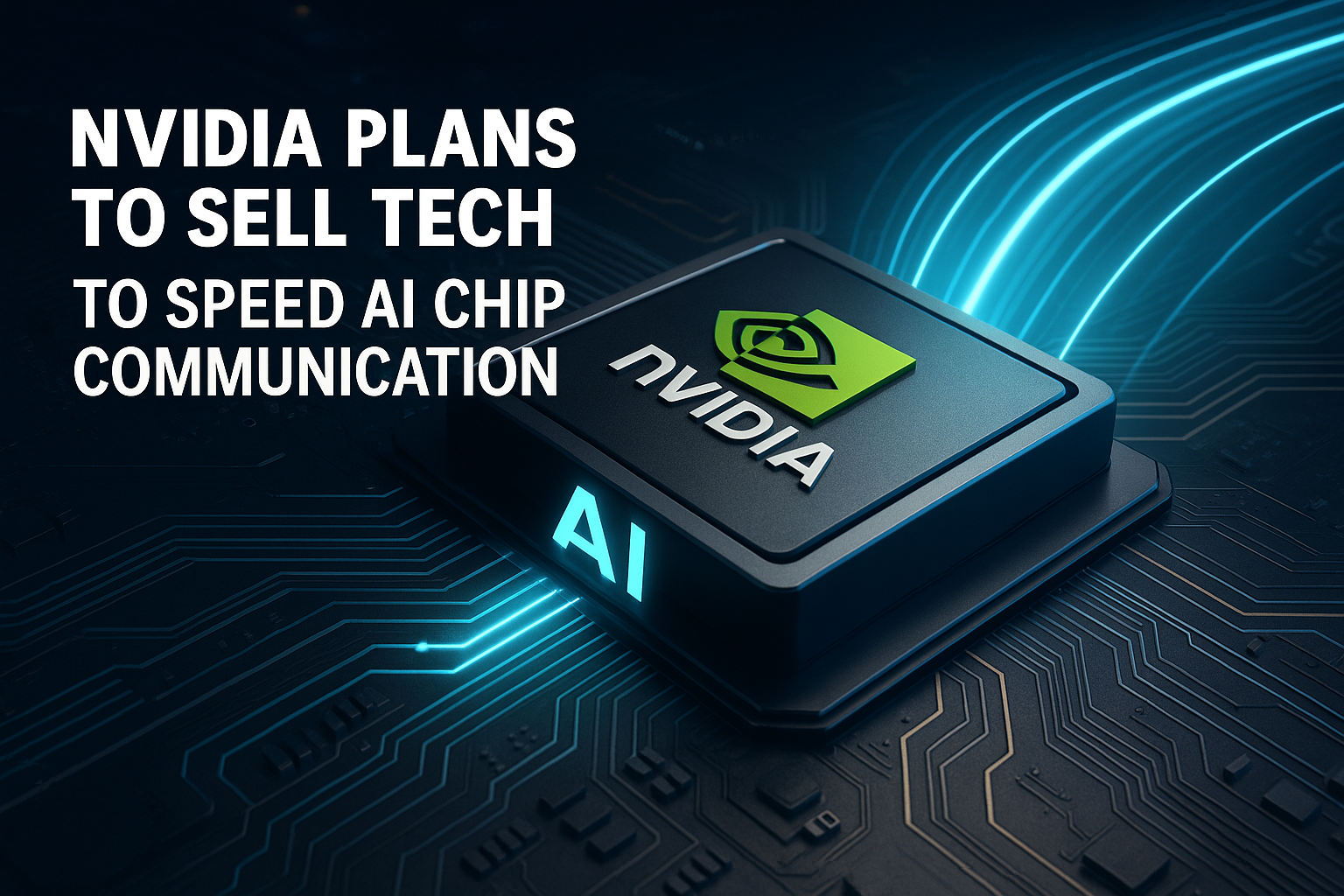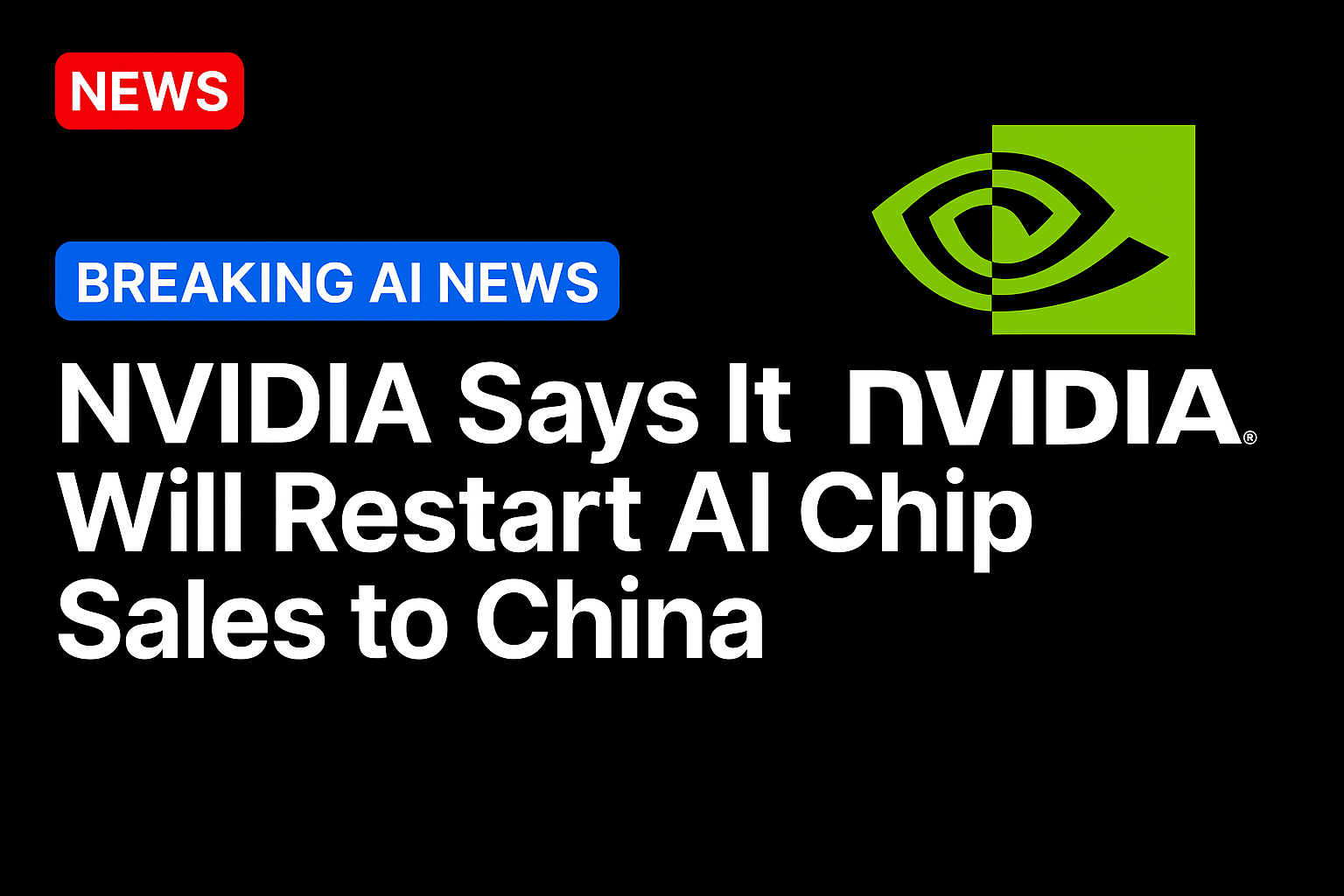Nvidia (NVDA.O), opens new tab plans to sell a technology that will tie chips together to speed up the chip-to-chip communication needed to build and deploy artificial intelligence tools, it said on Monday.
The company launched a new version of its NVLink tech called NVLink Fusion that it will sell to other chip designers to help build powerful custom AI systems with multiple chips linked together.
CEO Jensen Huang made the announcement about NVLink Fusion at the Taipei Music Center, site of the Computex AI exhibition that runs from May 20 to 23.
Marvell Technology (MRVL.O), opens new tab and MediaTek plan to adopt the NVLink tech called Fusion for their custom chip efforts, Nvidia said. Other partners include Alchip (3661.TW), opens new tab, Fujitsu (6702.T), opens new tab and Qualcomm (QCOM.O), opens new tab.
Nvidia’s chips, however, face a cloudy outlook in China. In an interview with Stratechery’s Ben Thompson, Huang said the company “walked away from $15 billion of sales” in China after the U.S. put limits on shipments of its H20 chip.
The company said last month it would take $5.5 billion in charges related to these curbs.
Nvidia’s NVLink is used to exchange massive amounts of data between various chips such as in its GB200, which combines two Blackwell graphics processing units with a Grace processor.
In addition to the announcement on new tech production, Huang disclosed the company’s plan to build a Taiwan headquarters in the northern suburbs of Taipei.

Nvidia’s CEO Jensen Huang makes a keynote speech at Computex in Taipei, Taiwan May 19, 2025. REUTERS/Ann Wang
Nvidia’s CEO Jensen Huang makes a keynote speech at Computex in Taipei, Taiwan May 19, 2025.
His keynote speech discussed Nvidia’s history of building AI chips, systems and software to support them.
He said his presentations have focused on the company’s graphics chips. Now Nvidia has grown beyond its roots as a video game graphics chip maker into the dominant producer of the chips that have powered the AI frenzy since ChatGPT’s launch in 2022.
Nvidia has been designing central processing units that would run Microsoft’s (MSFT.O), opens new tab Windows operating system and use technology from Arm Holdings (O9Ty.F), opens new tab.
At Computex last year, Huang sparked “Jensanity” in Taiwan, as the public and media breathlessly followed the CEO, who was mobbed by attendees at the trade show.
During the company’s annual developer conference in March, Huang outlined how Nvidia would position itself to address the shift in computing needs from building large AI models to running applications based on them.
He made public several new generations of AI chips, including the Blackwell Ultra, which will be available later this year.
The company’s Rubin chips will be followed by Feynman processors, which are set to arrive in 2028.
Nvidia also launched a desktop version of its AI chips, called DGX Spark, targeting AI researchers. On Monday, Huang said the computer was in full production and would be ready in a “few weeks”.
Computex, expected to have 1,400 exhibitors, will be the first major gathering of computer and chip executives in Asia since U.S. President Donald Trump threatened to impose tariffs to push companies to increase production in the United States.
Source: https://www.reuters.com/





